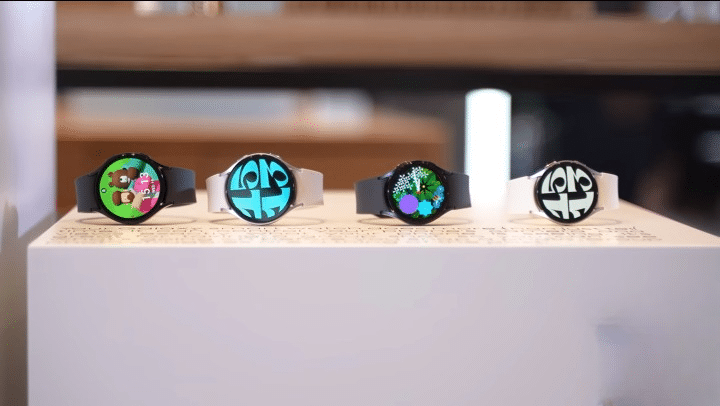
Samsung will unveil its flagship smartphone models as well as the future Galaxy Watch Ultra and Galaxy Watch 7 wristwatch models at its Unpacked event on July 26. The company has shown a new BioActive Sensor that is included in both of its flagship smartwatches ahead of the event. According to the manufacturer, this sensor was created to improve the functionality of the wellness features. More precise information will be offered by the new BioActive sensor. According to reports, the three main improvements that Samsung engineers worked on were enhancing the light-receiving photodiode’s performance, expanding the color palette of the light-emitting diodes (LEDs), and arranging the LEDs in the sensor in the best possible way.
In a press statement, Samsung said that the Galaxy Watch Ultra and Watch 7 models would come with a brand-new BioActive sensor, which will help to provide better health tracking and insights than the Watch 6 series. Samsung hopes to improve individualized health tracking with this sensor, making fitness and health easier. This sensor’s objective is to deliver the most precise health data possible.
ALSO READ: OnePlus Pad 2 | Nord Buds 3 Pro TWS and Watch 2R Renders Specifications
More precise insights will be provided by the new bioactive sensors. Three primary enhancements have been the focus of Samsung engineers: enhancing the efficiency of the light-receiving photodiode, expanding the color palette of light-emitting diodes (LEDs), and refining the placement of the LEDs within the sensor. Samsung claims that with each photodiode’s performance more than tripling, the required number of photodiodes has dropped from eight to four. More and different LEDs, properly arranged throughout the sensor, are now possible thanks to this change. The new sensor, according to the business, has more blue, yellow, violet, and infrared LEDs in addition to more red, green, and infrared LEDs.
The sensor’s performance and accuracy in a range of health measures will be enhanced by the better placement of the red, green, and infrared LEDs. Furthermore, as per Samsung, the novel sensor is expected to yield more accurate assessments of blood pressure, heart rate, blood oxygen concentrations, stress levels, and sleep quality. It is now claimed that heart rate tracking during vigorous exercise is 30% more accurate than it was in the past.
The Advanced Glycation End Product (AGE) index, which measures metabolic health and biological aging influenced by diet and lifestyle, will be included in the future wristwatch as a result of the modifications made to the new sensor. This index will serve as a biological age biomarker.




